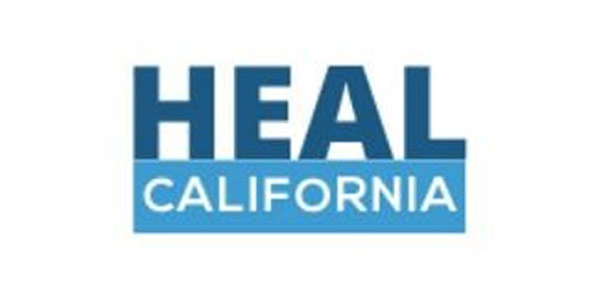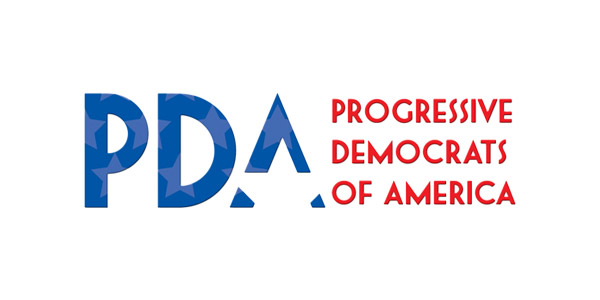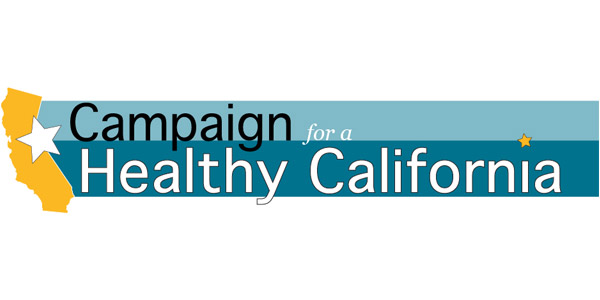Fall Flu Fashion Show, Dr. Francine Shapiro on EMDR and RN Deborah Burger on Raising Money for Health Care
Most of us don’t run with the crowd that attends the Annual Fall Fashion Week in New York City. BUT…it does seem somewhat exciting and it certainly highlights all of the beautiful fall fashions and—SADLY—the fact that eating disorders are alive and well in the fashion industry. Well, just because we are boring old nurses doesn’t mean we can’t have some fun and run with the “it” people. Nurse Talk presents our 3rd annual FALL FLU FASHION SHOW—and believe me it is a doozy!
 And we welcome back Dr. Francine Shapiro. Dr. Shapiro returns to talk about her successful treatment of veterans with PTSD. Dr. Shapiro discovered one of the most important breakthroughs in the history of psychology, EMDR therapy, or Eye Movement Desensitization and Reprocessing. Her new book is Getting Past Your Past: Take Control of your Life with Self-Help Techniques from EMDR Therapy.
And we welcome back Dr. Francine Shapiro. Dr. Shapiro returns to talk about her successful treatment of veterans with PTSD. Dr. Shapiro discovered one of the most important breakthroughs in the history of psychology, EMDR therapy, or Eye Movement Desensitization and Reprocessing. Her new book is Getting Past Your Past: Take Control of your Life with Self-Help Techniques from EMDR Therapy.
We also have two of her colleagues, Dr. E. C. Hurley, Ph.D., who has been working with soldiers and veterans since he enlisted as a private in the U.S. Army during the Vietnam era, and Dr. Mark C. Russell, Ph.D., who is a retired U.S. Navy Commander, and board certified clinical psychologist, with 26-years of military experience. Together with the help of EMDR therapy—these clinicians are producing groundbreaking results for these soldiers with PTSD.

Dr. Shapiro also talks about HAP, the EMDR Humanitarian Assistance Program, the mental health equivalent of Doctors Without Borders: a global network of clinicians who travel anywhere there is a need to stop suffering and prevent the after-effects of trauma and violence. Visit http://www.emdrhap.org/home/index.php
AND we’ll check in with RN and Friend of Nurse Talk, Deborah Burger. Deborah is also co-president of National Nurses United. She’ll talk about California Proposition 30 endorsed by the California Nurses Association and supported by Governor Jerry Brown. Prop. 30 would raise from $6 billion to $9 billion every year, mostly through a small increase in taxes for the top income brackets, starting at households making $250,000 or more per year, as well as a temporary one-quarter of a cent increase in the state sales tax—with the revenue going for healthcare, education, childcare and other critical services.











